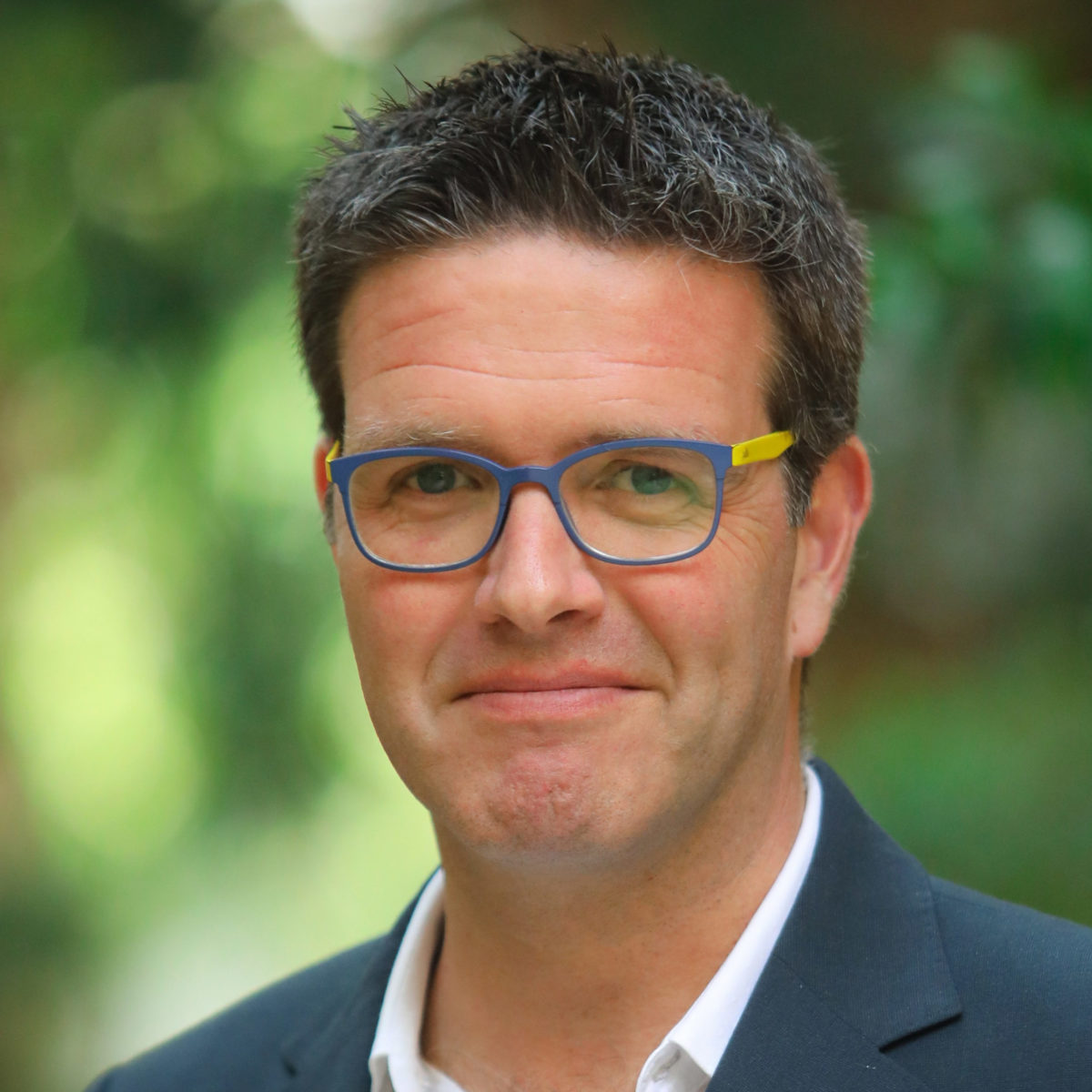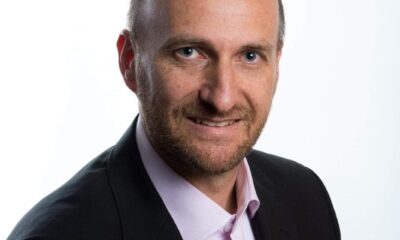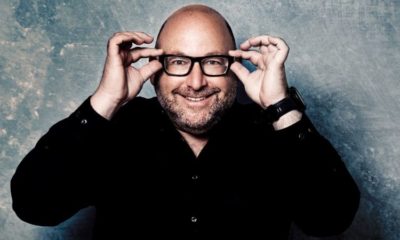
Community

Roll with the punches or be left in the dust
In the time when Dr Nir Tsuk visited South Africa, the country went from barely any COVID-19 cases a day to a rapidly increasing fourth wave. Tsuk was here on behalf of the Jewish Agency to talk about “Adaptive innovation in times of disruption”, and the circumstances couldn’t have reflected this need more clearly.
“A year and a half ago, the world stopped. Life was uncertain to begin with, now it’s even more so,” said Tsuk. “Reality is a disrupter. After COVID-19, it will be climate change, politics, and the economy. We all need to be adaptive innovators. That doesn’t mean we need to be Elon Musk. But without innovation, we may not be able to see ageing parents, send our kids to school, or retain a job. Innovation is now much more adaptive and reactive. It’s coming from the bottom up. We don’t have time to wait for governments. It’s about working with what you have. Innovation used to be a ‘nice to have’. Now it’s a critical path.”
Tsuk is New York University’s Global Distinguished Scholar and the founder of the Institute for Impact and Intrapreneurship. He is also visiting professor of entrepreneurship at University of Osaka. He has more than 20 years of international experience in the fields of social capital, entrepreneurship, and building a culture of innovation.
He shared a story about car company Audi, where his brother is a marketing director.
“When Audi saw there was a shortage of ventilators at the beginning of the pandemic, it converted one of its assembly lines which made windscreen wipers into an assembly line to manufacture ventilators. Both used the same engine. Were they the best or most sophisticated ventilators? No. Did they work? Yes. Did they create a solution to a new problem? Absolutely. They took a week to convert it into a ventilator assembly line. They made ventilators for a month. And when the need eased up, they converted it back to an assembly line for windscreen wipers. It was from the bottom up, a reactive solution to a new problem.”
We’ve seen this in our own “lockdown lives” around the world and how this has sometimes improved situations or even made businesses boom. Often the innovations are necessities, not goals. But they work to allow life to continue in a “new normal”, Tsuk said.
“Disruption” is the word of the moment, but what exactly does it mean? “On a continuum, innovation makes things better, entrepreneurship creates new solutions to new problems, and disruption makes the old solution become completely irrelevant,” Tsuk said.
Looking at companies like Amazon, Tesla, and Apple, he noted that they all disrupted the previous status quo, but something like the printing press was a disruptor with the force of all of these combined. So disruption isn’t new. In addition, disruptive tools are often made up of old tools combined in new ways. “For example, everything that Apple used to combine into an iPhone already existed. They just put it together in a beautiful new way.”
Creating new things to make the old obsolete is generally the “holy grail” of disruption. However, in a pandemic, this changes slightly. Now, it’s more about adapting internally, as there isn’t time to build something entirely new. Also, it’s about survival. Something that existed before COVID-19 may not survive unless forced to adapt. The new version may not be perfect, it may use only rudimentary systems or tools, or it may only be a temporary measure. But it’s better to be able to pivot than to wait to develop something perfect.
Tsuk said failure is a key part of entrepreneurship innovation and disruption. “Fail fast and learn faster. Studies show that entrepreneurs who fail in their first attempt succeed five times more than those who don’t. As my colleagues say, sometimes I win, sometimes I learn. Learning from failure is not emphasised strongly enough.”
Looking “outside the box” at how things can connect is another way to create something new. For example, in Israel, the army has developed a tool that’s used on the Gaza border to listen for repetitive noises that could signal the digging of a tunnel. They then found that the same invention could detect insects digging tunnels in trees, which they could use to improve agriculture. “This is the arc of combination – connecting two completely unconnected fields, and allowing one innovation to help both.”
Tsuk said that change often needs to come from the bottom rather than the top. Especially in a pandemic, we cannot necessarily wait for our governments or leaders to act. Essentially we’re on our own, and this can lead to great innovation and rapid change. In ten years’ time, the way we govern ourselves may look very different. This is because the unspoken contract between people and politicians is changing in the face of COVID-19 regulation.
He pointed out that the divide between social and business ventures is shrinking, and they are both using more of the same tools for problem solving and risk taking. “Intrapreneurship” means finding new solutions for an existing entity. He often sees organisations that need an internal revolution rather than to create an entirely new organisation. He would advise Jewish community organisations to focus on intrapreneurship rather than the more external entrepreneurship. With limited resources, disruption and change can take place inside an organisation, without needing to dismantle it altogether.
If we look at the last global disaster of World War II, according to Tsuk, it led to great loss but also incredible technological and social innovation. For example, women were called to the factories when men went to the front – a huge boost for the feminist movement.
He ended his presentation by sharing an image of a billboard he saw with an advert from an orthodontics group. A woman is wearing a mask alongside the words, “Best time ever to get braces!” For him, that’s the “pure magic” of a company adapting to new circumstances and turning them to their advantage.
“When you can’t control what’s happening, challenge yourself to control the way you respond to what’s happening,” he says. “That’s where the power is.”










